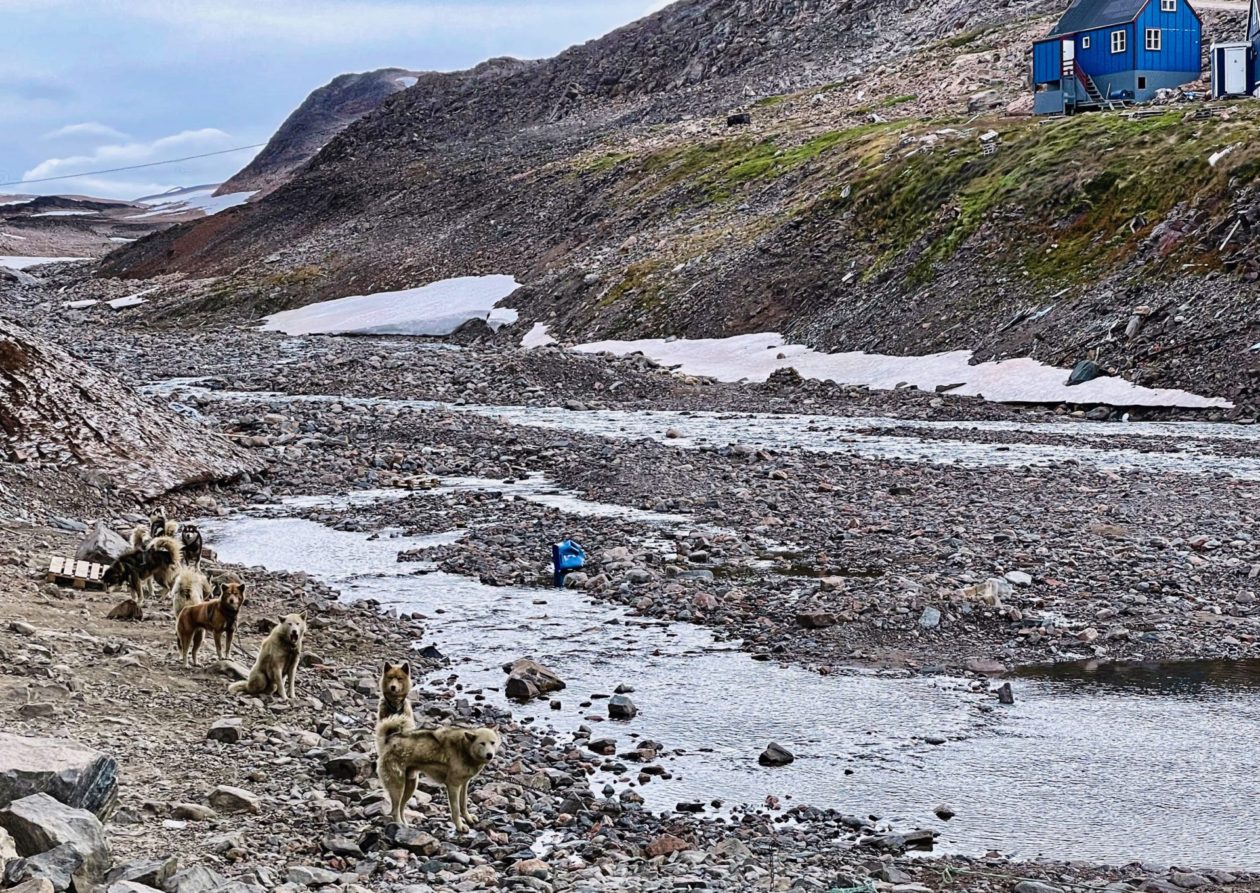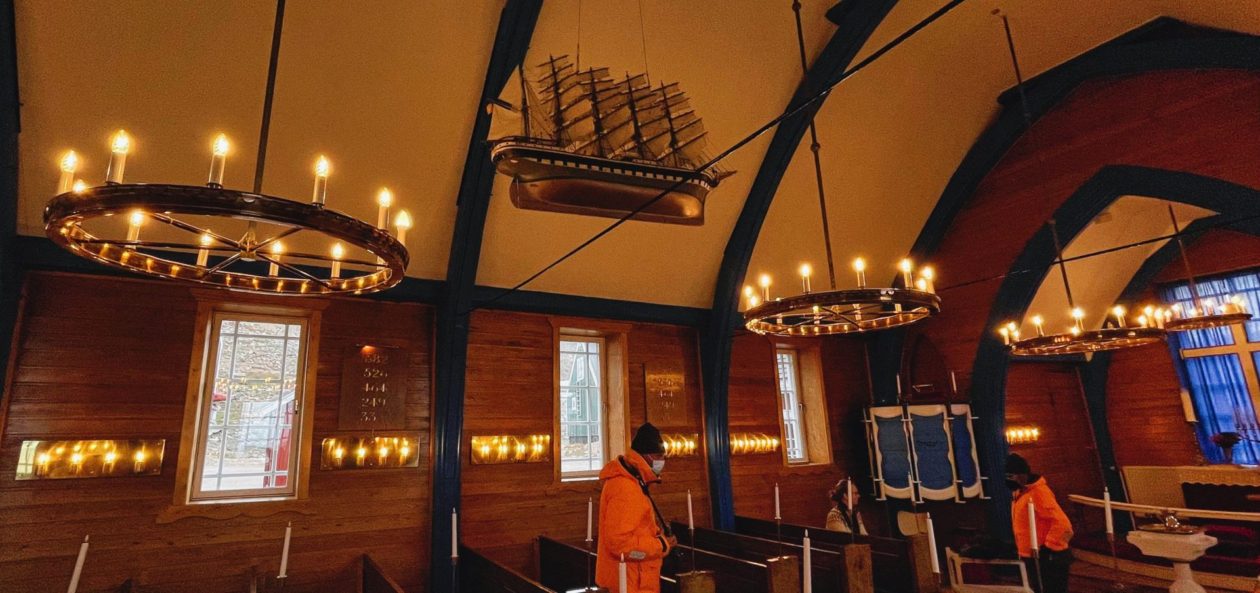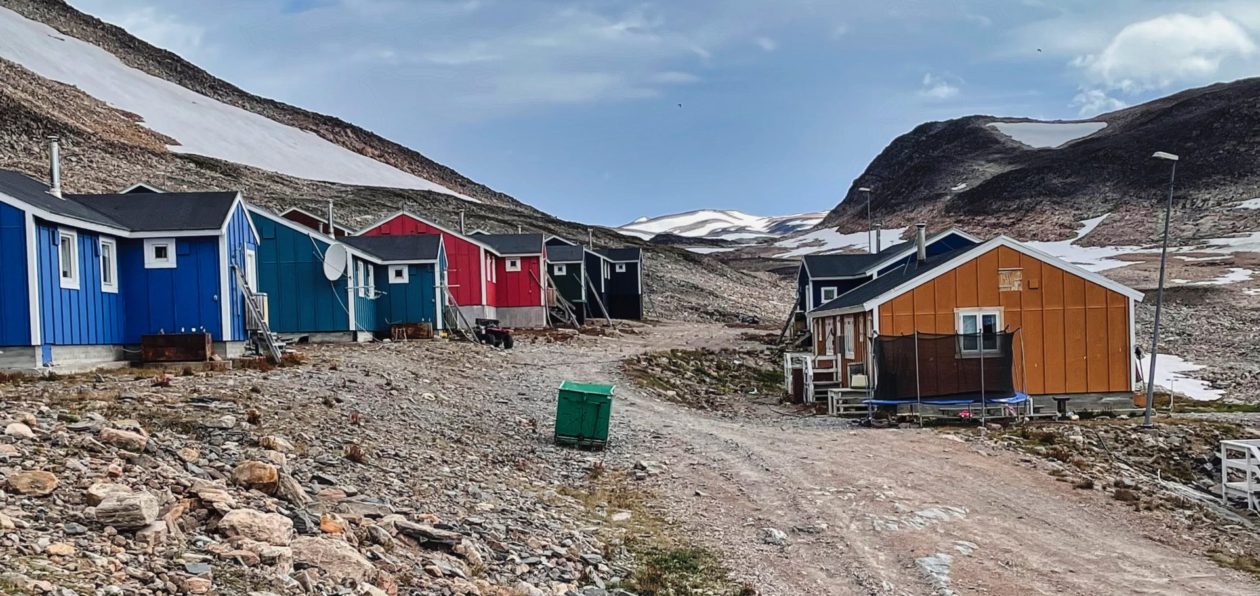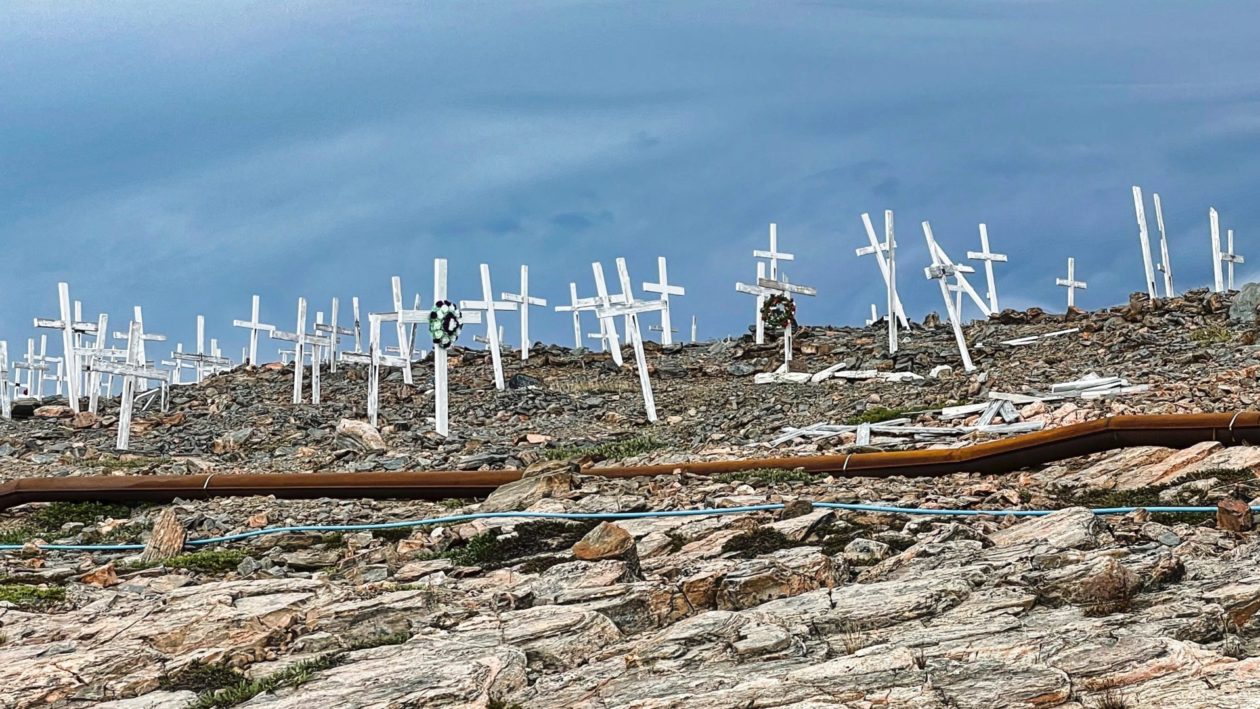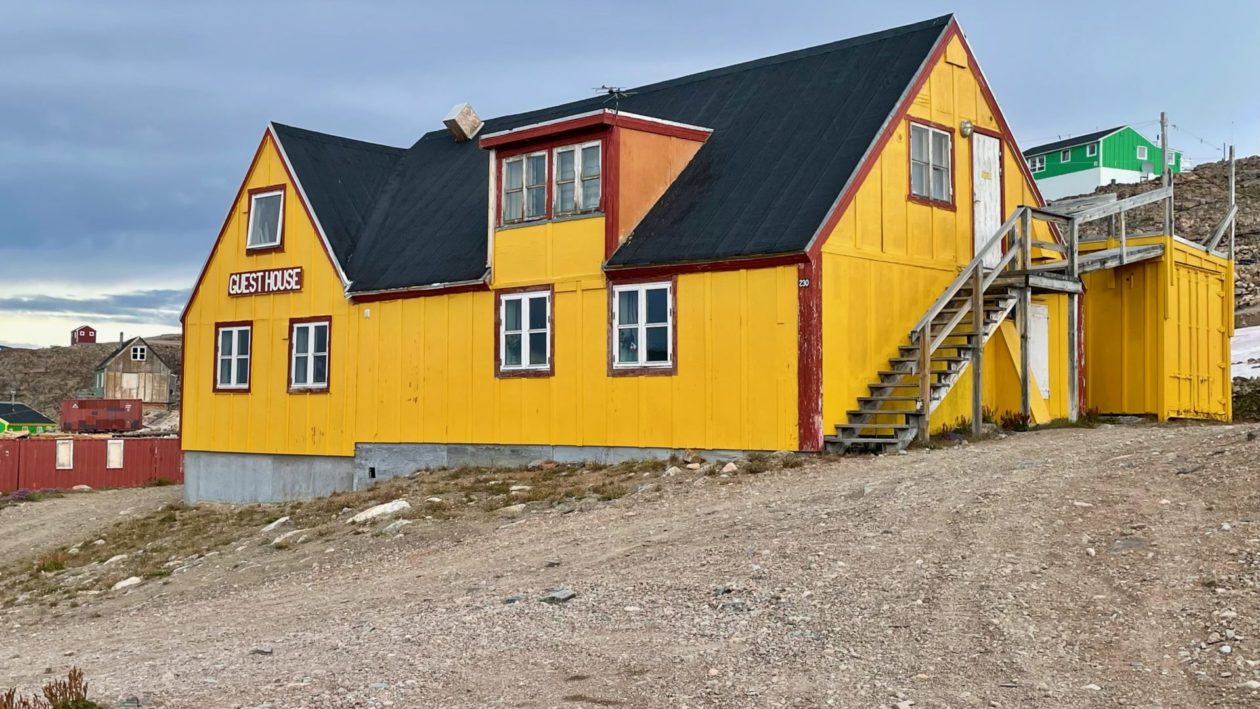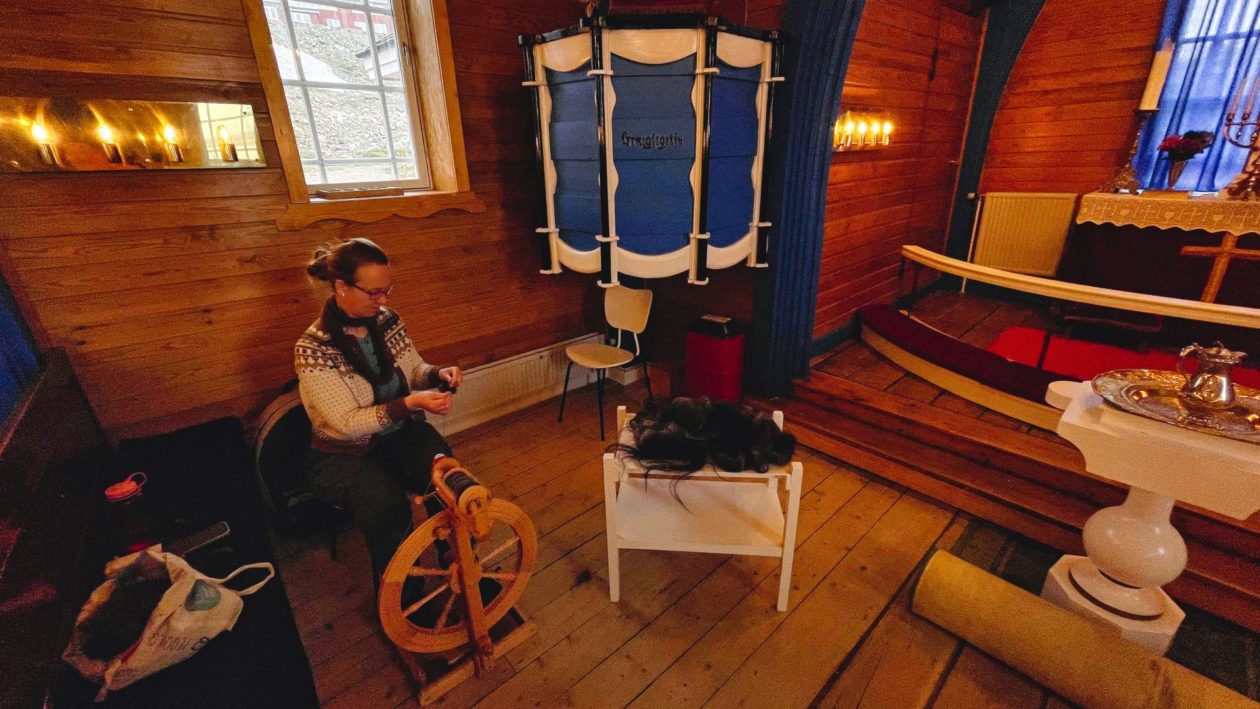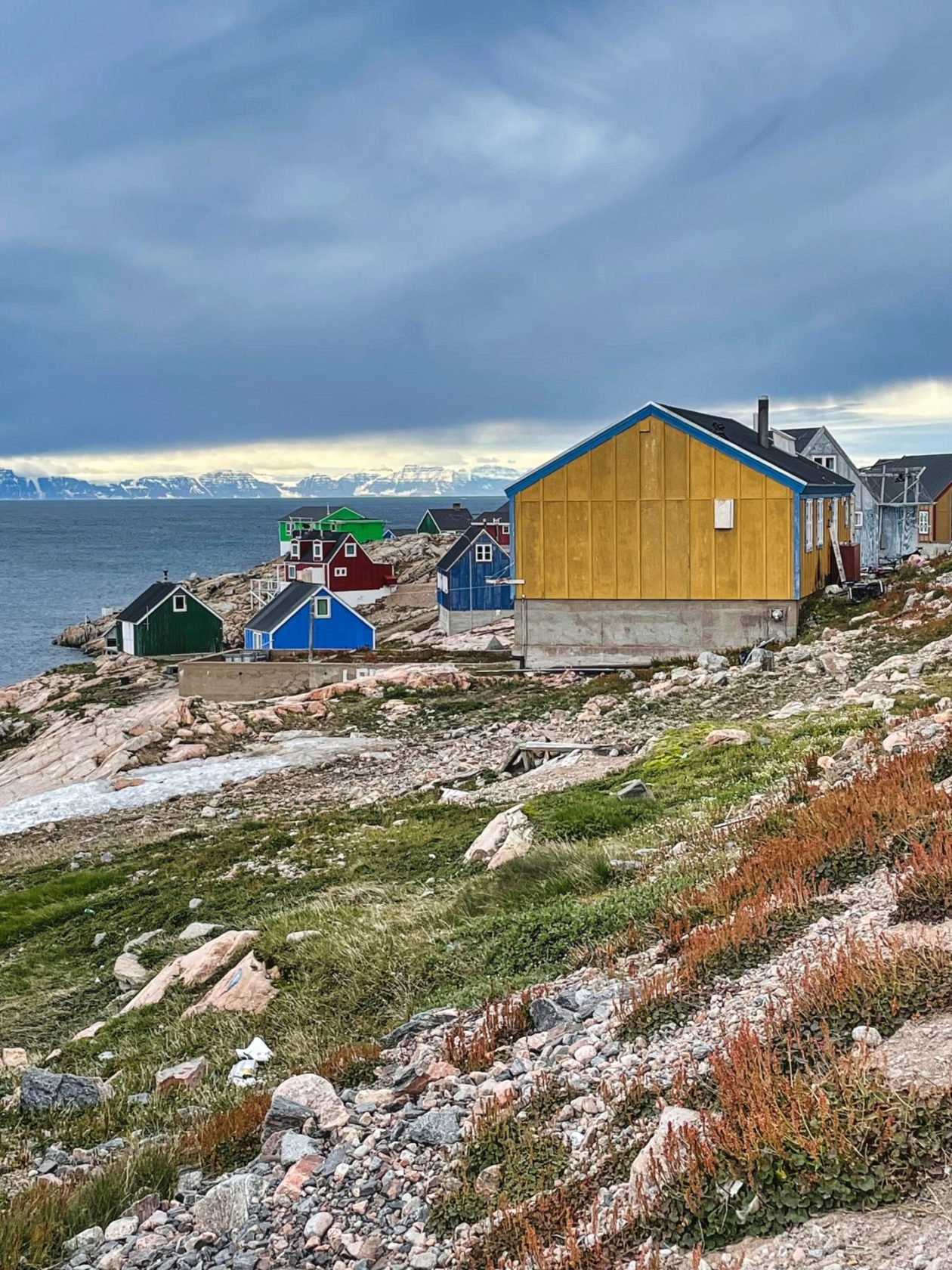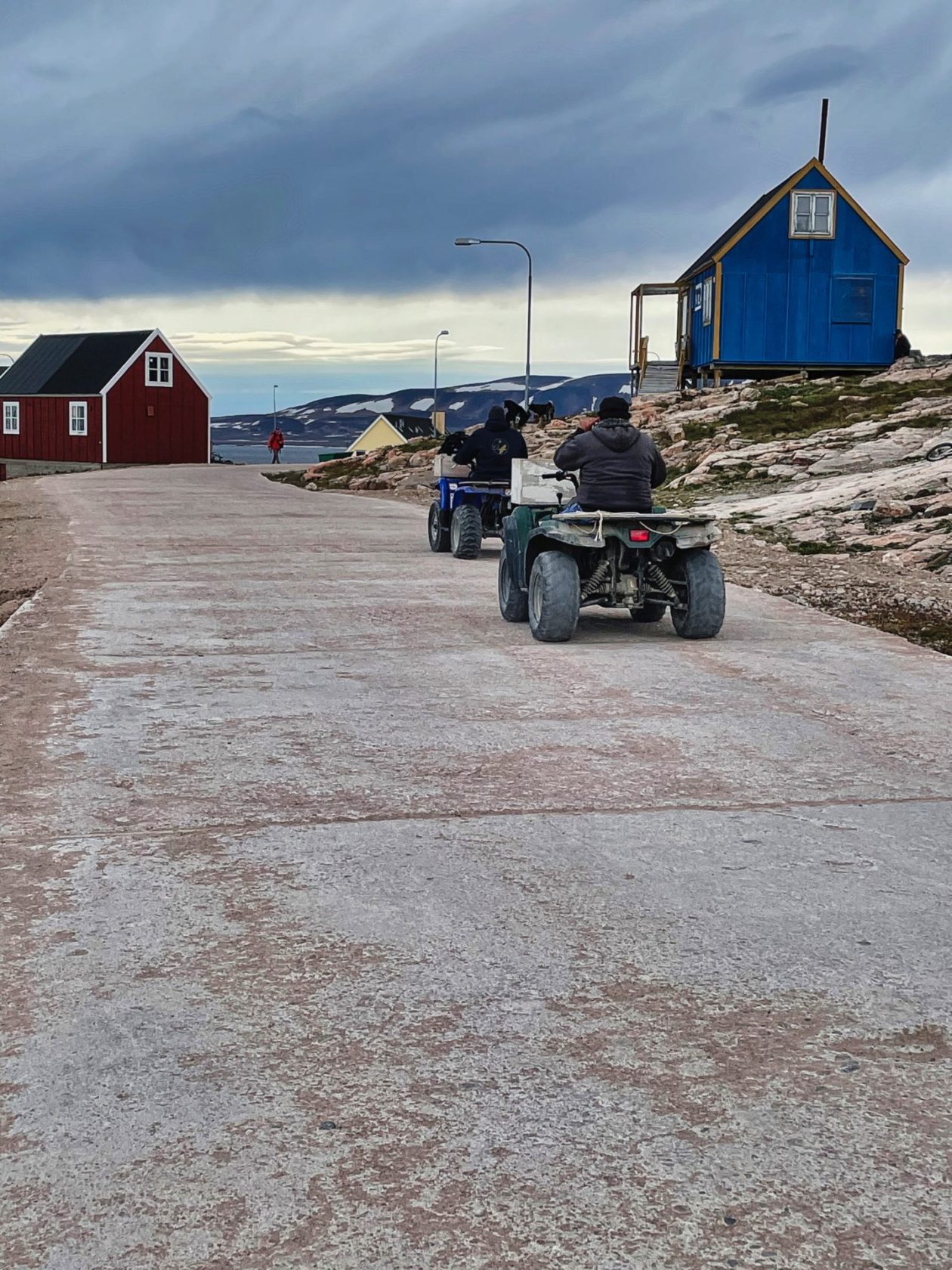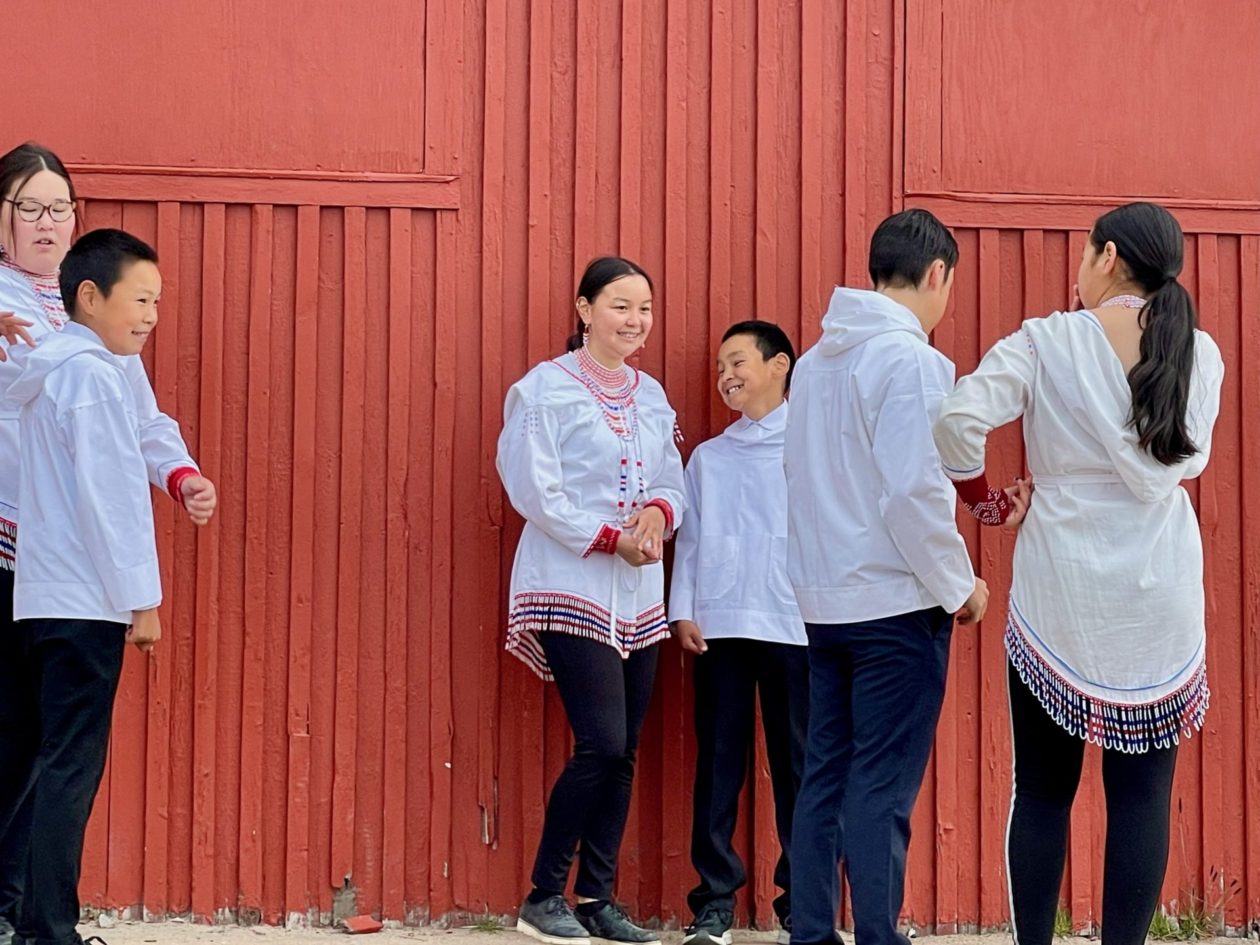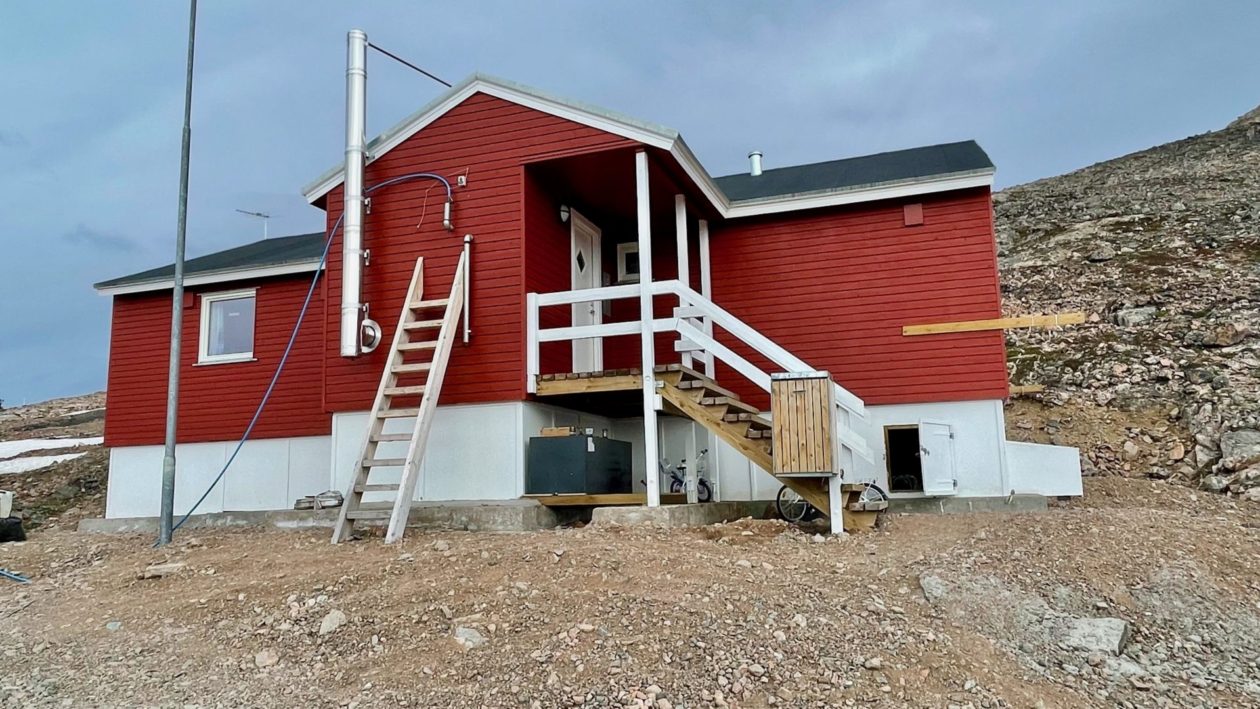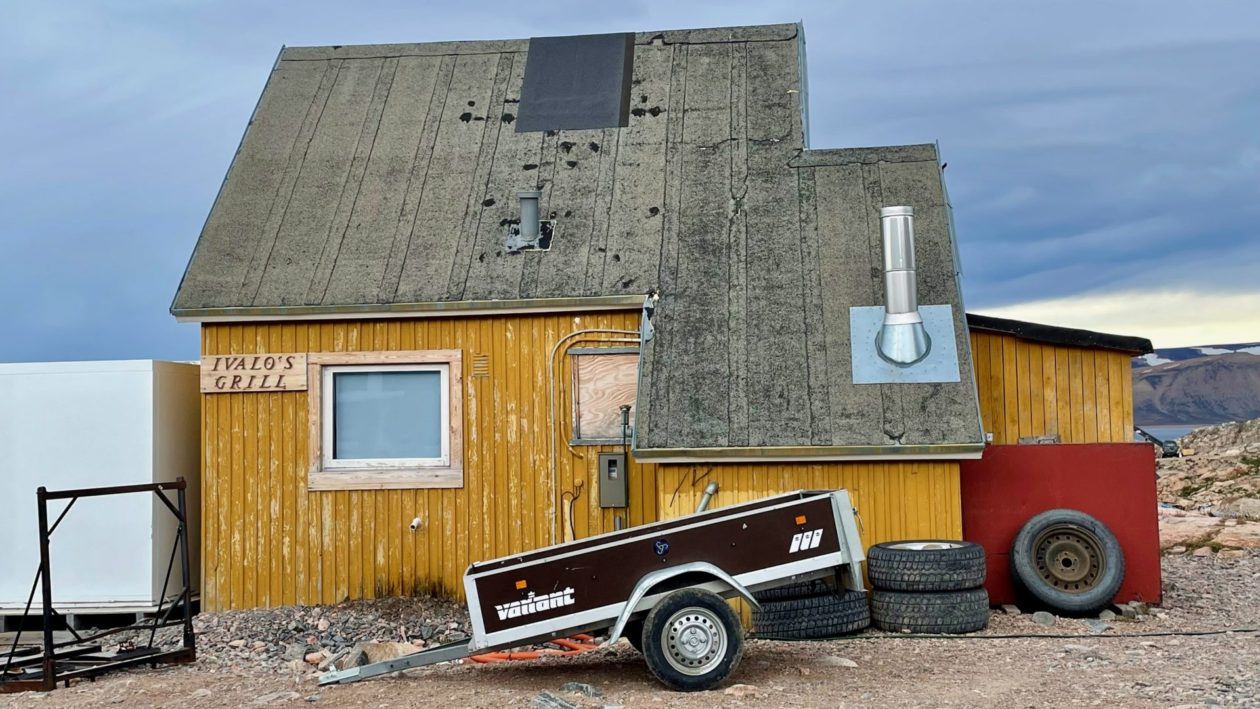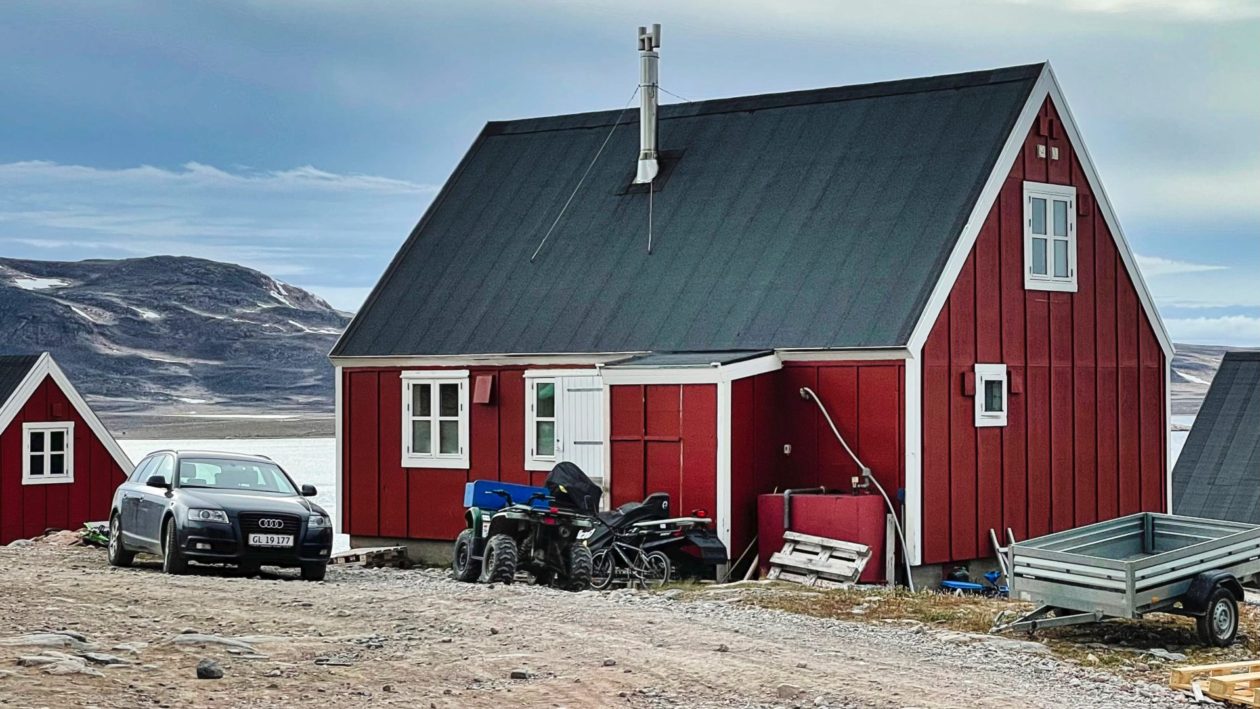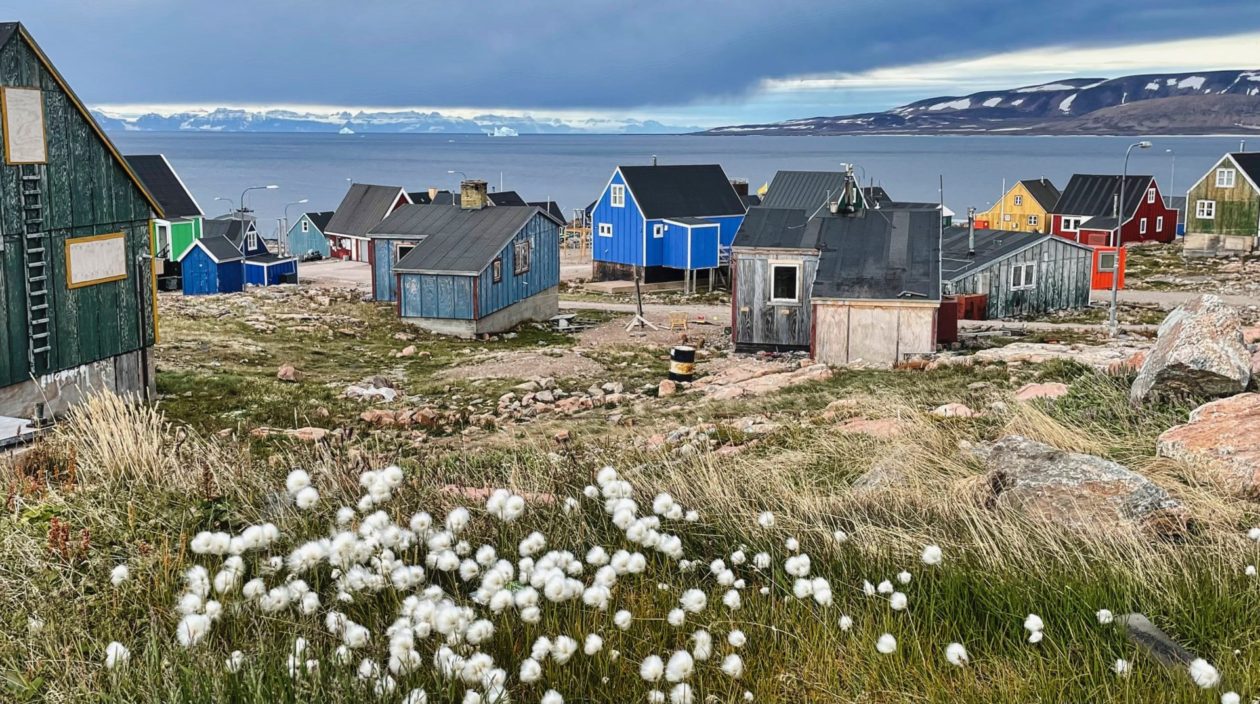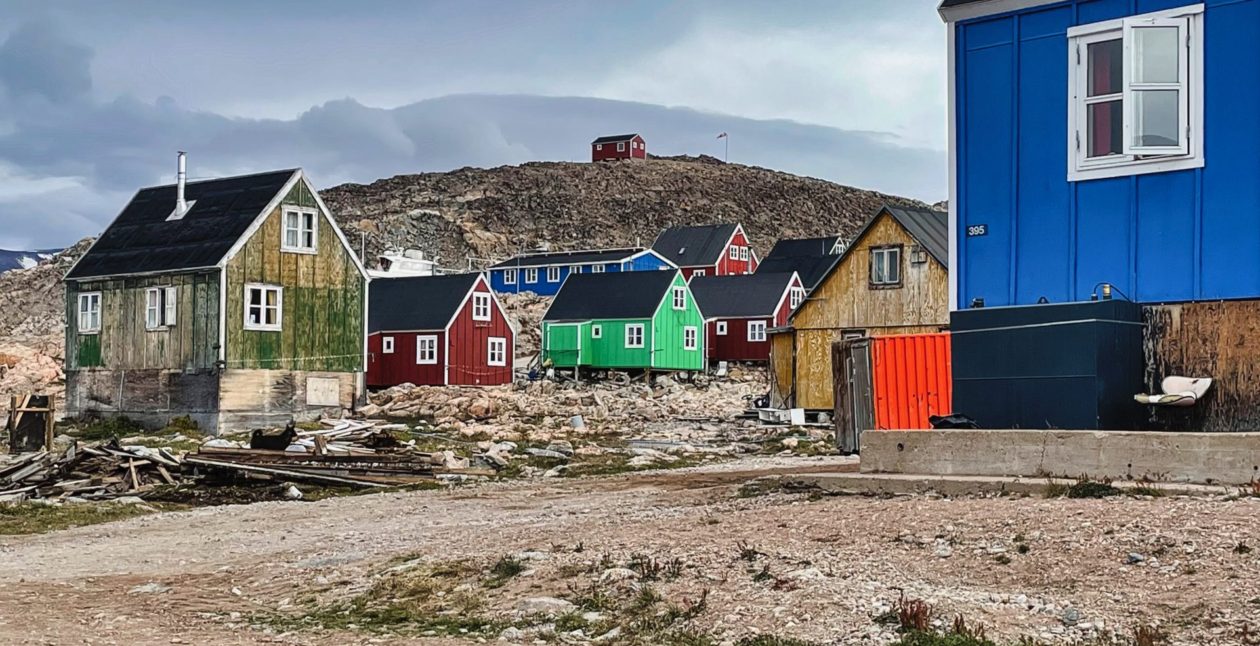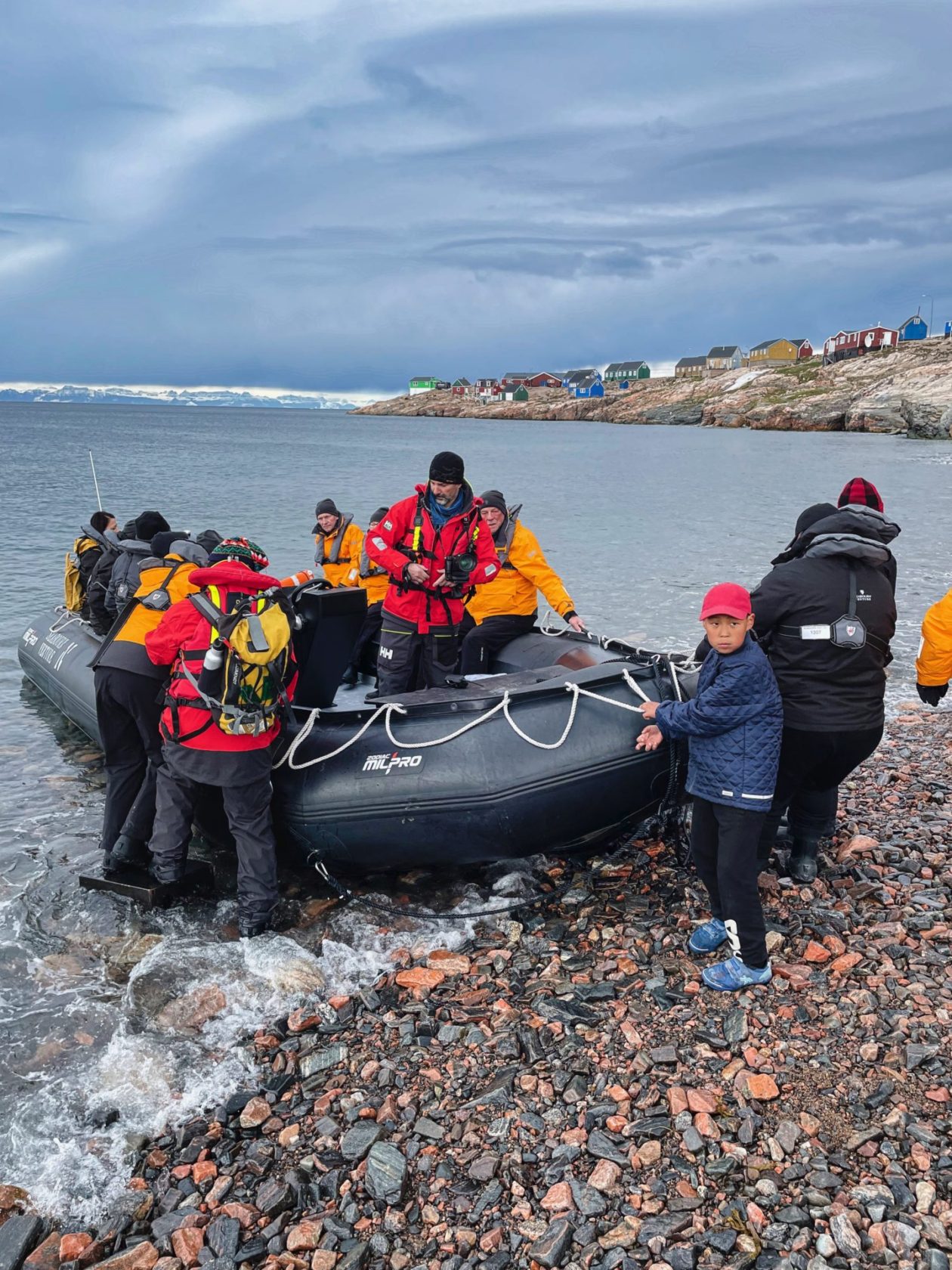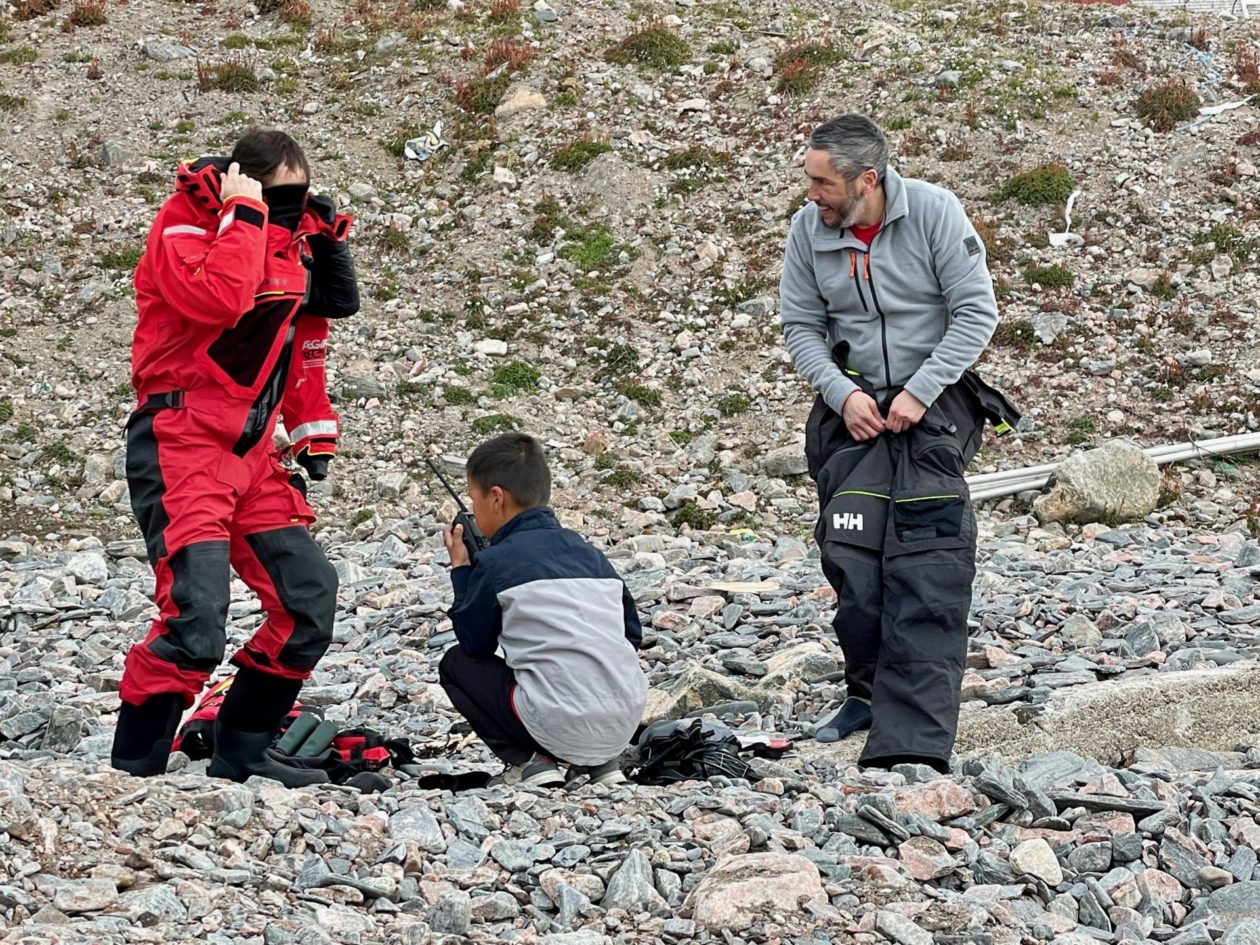- The Nordic Sojourn 2022 — start of trip
- Western Norway — Fjords, mountains, and a lot of rain!
- Longyearbyen, Svalbard, and start of the cruise
- Magdalenefjorden and Gravneset
- Texas Bar and…
- Arctic pack ice and polar bears — what a day!
- Ny London, Ny Alesund, and the massive glacier!
- Poolepynten and fin whales!
- Northeast Greenland National Park and Scoresby Sound
- Ittoqqortoormiit, Greenland
- Patreksfjordur, Iceland and the bird cliff
- Reykjavik and the start of our Icelandic sojourn
- The Golden Circle, Iceland
- Reykjanes Peninsula, Iceland
- Westman Islands, Iceland
- The South Coast and Waterfalls, Iceland
- Vatnajökull National Park — Svartifoss, Skaftafell and Glacier Lagoon Jokulsarlon, Iceland
- The East Fjords, Iceland
- Working our way north — canyons, wastelands, fumaroles, pseudo craters and lakes!
- The Diamond Circle
- Akureyri, a breakdown, and a detour
- VR Viking battle, Glaumbær, Icelandic horses, and back to Reykjavik
- Husafell
- Into the Volcano!
Today, we visited the most isolated town in one of the most isolated countries in the world — Ittoqqortoormiit in Greenland (the nearest town is about 500 miles away!). It is located on the north side of the mouth of Scoresby Sound, the entrance to the largest fjord system in the world. The town’s name translates to “those who live in the big houses,” and maybe this is true in a relative sense. The town was founded in 1925 by a group of Inuit settlers and the first thing the wintering over party built was a large house where the future colony manager and priest would live. Once again, looking around at all the wooden structures with no visible trees begs the question — where did all the lumber come from? In this case, the building materials all came by ship from Copenhagen. This had to be a challenge given the fact that this part of the fjord is frozen nine months a year! Today there are about 350 residents that live here in brightly colored houses that scatter the hillside. Traditionally, the local economy has been driven by whale and polar bear hunting, with a little fishing thrown in. What is interesting though, is that tourism is quickly becoming a larger percentage of the economy here, whether hosting visitors like us who are visiting the nearby Northeast Greenland National Park or a growing number of hunters, primarily from Europe that go on dog sled hunting expeditions. There’s even a guest house and a pub (that opens one night a week).
Walking around the town was very interesting. We really had to be careful walking on the streets because of the number of ATVs (the primary source of transport) zooming by. There is a small grocery store (which is also the post office), a small museum, a tiny tourist info center, which also serves as a travel agency and gift shop, at at least one small restaurant. Are you getting a sense of scale here? People here were either very friendly or ignored us. I can relate to that, living on a tourist island. While tourism is a growing portion of the economy, there is a love-hate relationship that forms with the visitors who show up. I stopped by the church (Lutheran) where a lady was spinning yarn from musk ox fur. The inner fur was very soft and I’m sure it makes for some very comfortable sweaters! We were invited to see a cultural demonstration and imagine my shock when a group of kids and one older gentleman, all in native garb, started to do quite familiar folk dancing to the tune of “Walk the Line.” It was somewhat surreal. From there I walked around the town and walked by the cemetery. I’m not sure if people are actually buried there of if it is the same as Longyearbyen where the bodies are shipped out for fear of having their loved ones munched by a polar bear. Anyway, it was an interesting visit. We are now on our way to Iceland and we are hitting our first seas of the trip (15-20 foot seas, with 30-40 knot winds). I guess we’ll see how this new ship design handles the waves!
